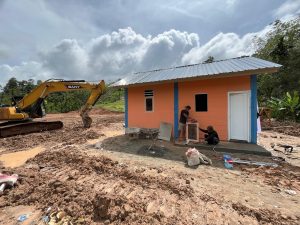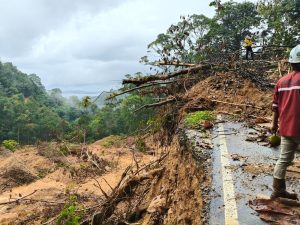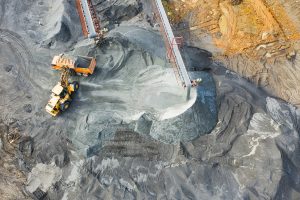Jakarta – The Indonesian government is targeting a national energy mix through the development of 108.7 gigawatts (GW) of solar power plants (PLTS) by 2060. The Institute for Essential Services Reform (IESR) together with the National Research and Innovation Agency (BRIN) formulated an integrated roadmap of the national photovoltaic industry supply chain, from upstream to downstream to support this government plan.
In a written statement, Tuesday, 5 August, IESR assessed that this energy transformation requires comprehensive planning and the development of a domestic solar power industry ecosystem that is independent and resilient to geopolitical shocks. According to them, the ambitious target is not enough if it only depends on formal plans such as the National Electricity General Plan (RUKN) or RUPTL.
IESR Executive Director Fabby Tumiwa said that the entire supply chain must also be made ready. “Starting from silica processing, silicon production, solar cell and module manufacturing, to form an integrated national photovoltaic industry,” Fabby explained.
President Prabowo Subianto stated that solar energy would be the key to national energy independence starting from villages. In his speeches at international forums such as the BRICS Summit, the President mentioned that Indonesia is capable of achieving 100% renewable energy in the next decade-with solar energy as the backbone.
According to Fabby, global demand for photovoltaic technology is soaring, fuelled by the net-zero emissions (NZE) trend in many countries. Increasingly efficient solar cell innovation has significantly reduced the cost of the technology. He emphasised that Indonesia must seize the opportunity to become a strategic node in the world’s solar power supply chain, which is currently still highly dependent on China.
“Countries from Asia to Latin America are now actively looking for new supply chain sources. Indonesia’s strategic geographical location and abundant natural resources give us a golden opportunity to become the centre of solar power production in Southeast Asia,” Fabby said.
The IESR-BRIN study revealed that Indonesia has quartz sand reserves of more than 17 billion tonnes – the main raw material for polysilicon manufacturing – spread across Sumatra, Kalimantan, Sulawesi and Nusa Tenggara. However, Indonesia does not yet have an upstream photovoltaic industry such as the production of polysilicon, ingots, wafers, or specialised tempered glass (low iron glass) for solar modules.
“This is ironic. We have raw materials, labour, and industrial estates, but no facilities to process them into high value-added products,” said Alvin Putra Sisdwinugraha, Renewable Energy Analyst at IESR.
Alvin said that currently domestic solar cell production reaches 9.5 GW, and module capacity is 10.6 GW. However, factory utilisation is still low due to suboptimal domestic demand. In addition to regulatory constraints, Indonesia also needs to strengthen production efficiency and technological innovation in this sector.
In the study, IESR and BRIN recommended a three-stage national solar power supply chain development strategy: short-term (2025-2030), medium-term (2031-2040), and long-term (2041-2060). The plan covers five aspects: driving demand, strengthening production, policy alignment, technology development, and job creation.
To support this transition, the government is encouraged to establish fiscal and non-fiscal incentives, harmonise import duties, price preferences for local products, and improve solar energy procurement regulations. At the regional level, Indonesia needs to accelerate cooperation under the AFTA scheme, as well as build an integrated research centre and encourage industrial automation.
“The development of this industry can be encouraged through the formation of a national consortium. That way, we are not only talking about energy independence, but also opening up opportunities for technology exports, strengthening competitiveness, and replacing coal as an economic mainstay,” Fabby concluded. (Hartatik)
Banner photo: Creativa Images/shutterstock.com














